How to Layer Tones of Gray for Depth and Harmony
Gray continues to enjoy its moment as the stylish, go-to shade du jour, but a new trend is emerging in the use of this versatile color. Rather than sticking to one shade and risking a rather flat outcome, combining grays of different tones is a beautiful alternative. The trick is to zero in on the gray you love most and then look to the left and right of it on the paint chart, sourcing something similar but slightly different. Soft beige-gray, for example, is just a few jumps up the chart from stormier tones.
Next, have fun layering these shades, using paints and also texture-rich materials, soft furnishings and artwork. Sometimes touches of contrasting color can creep in too, to punctuate the color scheme. It all helps to create a look that has masses more depth and subtlety than if you had used a single gray throughout. These rooms show how it can be done.
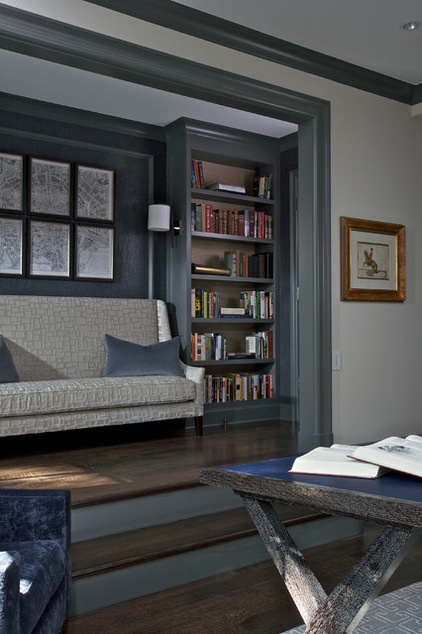
Contrast light and dark. By using the same color but in both its palest and deepest incarnations, you can create a rich, contrasting look that is still harmonious and coordinated. Here gray has been used throughout, but the woodwork sports a deep, rich version, while the walls and soft furnishings are far paler.
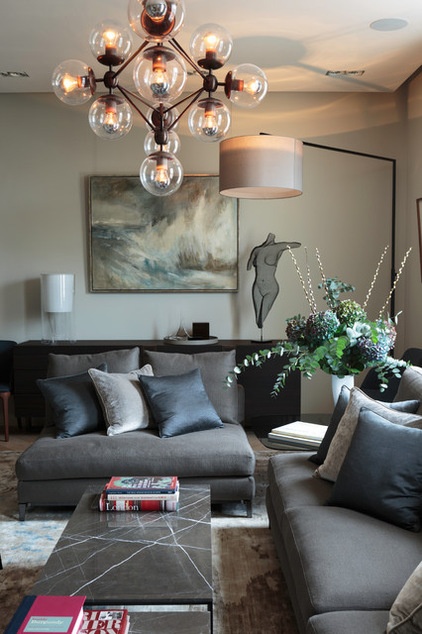
Create multiple layers. Gray is incredibly versatile, and when layered in a variety of shades, textures and finishes, it looks gloriously sophisticated. In this beautiful living room, even the painting is a melange of gray tones. The space feels calm and coordinated, but also full of detail, texture and warmth.
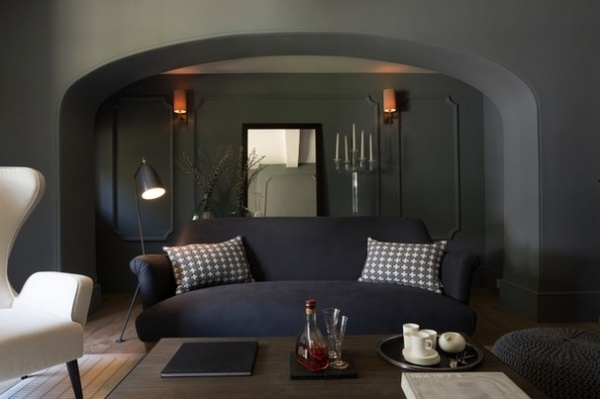
Pick a strong, dark theme. Your tones don’t have to run the length of the color chart from pale to dark. The grays in this living room are all firmly on the dark side, but their subtle differences, coupled with plenty of inviting textures, add depth. Instead of adding pale gray cushions, these homeowners cleverly chose ones in charcoal and white, lightening the look while sticking to the dark gray theme.
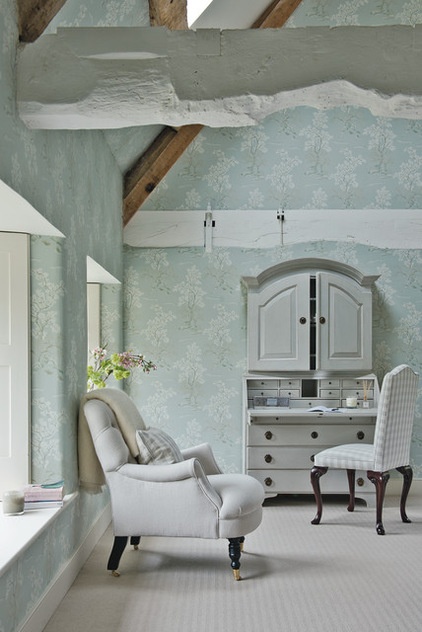
Layer superpale shades. At the lightest end of the palette, colors become less distinct, so very light gray looks almost the same as pale duck-egg blue. This opens up lots of layering possibilities. The pale gray furniture and furnishings in this bedroom work beautifully with the wallpaper, which adds warmth to the scheme while still looking harmonious.
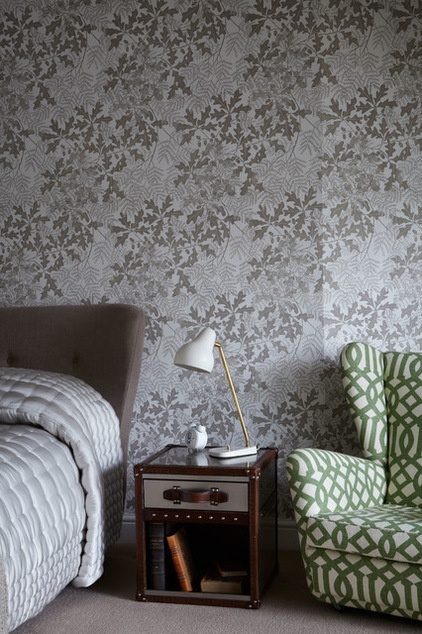
Combine gray with a pattern. This bedroom demonstrates beautifully how combining gray with a pattern is a fast track to creating a layered look with lots of movement. Here the gray tones in the wallpaper are complemented by a dark gray upholstered headboard and a silvery quilt for an exciting blend of pattern, texture and finish.
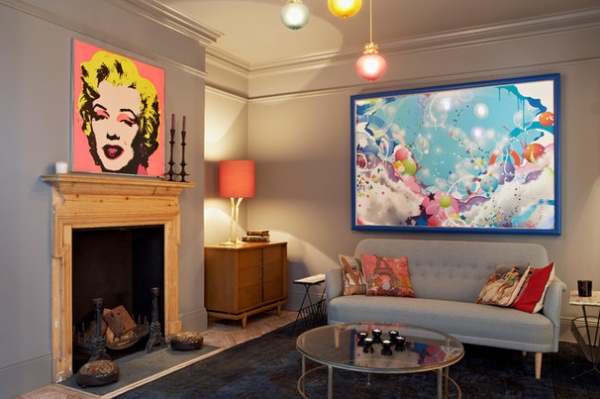
Choose versatile, muted tones. Take a shade of dove gray that could almost be beige as your starter and use it on the ceiling and walls. Add seating in midgray and a rug in dark gray to ground the scheme. To give the space a little more energy, simply add a few brighter accents, such as the salmon pink and pale blue in this cocooning living room.
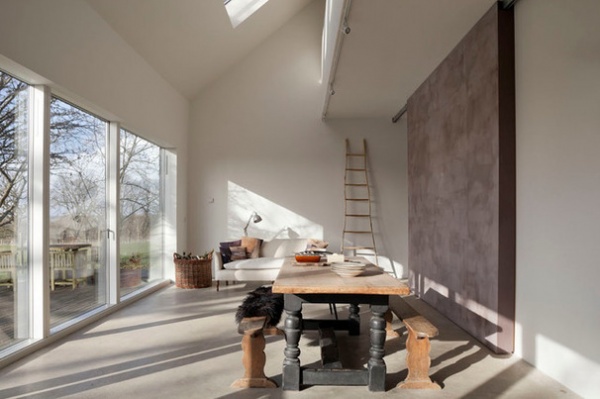
Work in some texture. A polished concrete floor in this large, barn-style home creates a silky gray base for a space that incorporates one wall treated with lime paint in a stormy shade. This natural paint has a slightly uneven finish that brings personality to the room.
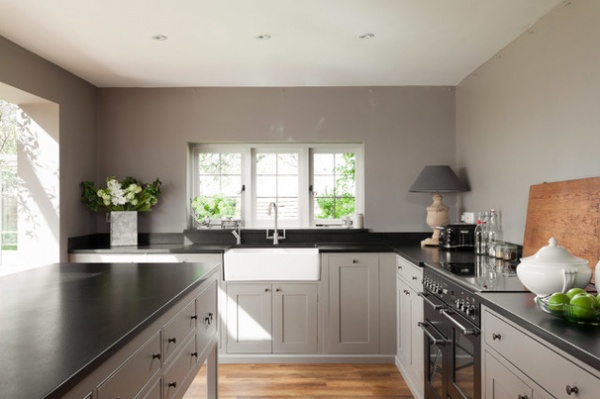
Let one shade steal the show. A simple approach to layering gray is to choose a shade that will do most of the work, and then add small accents in similar tones. Here dove gray covers the walls and cabinets, but is broken up by the granite worktops, dark range and deep gray lampshade, creating a cohesive scheme that contains some contrast, too.
More:
50 Shades of Gray
Choosing Paint: How to Pick the Right Gray












